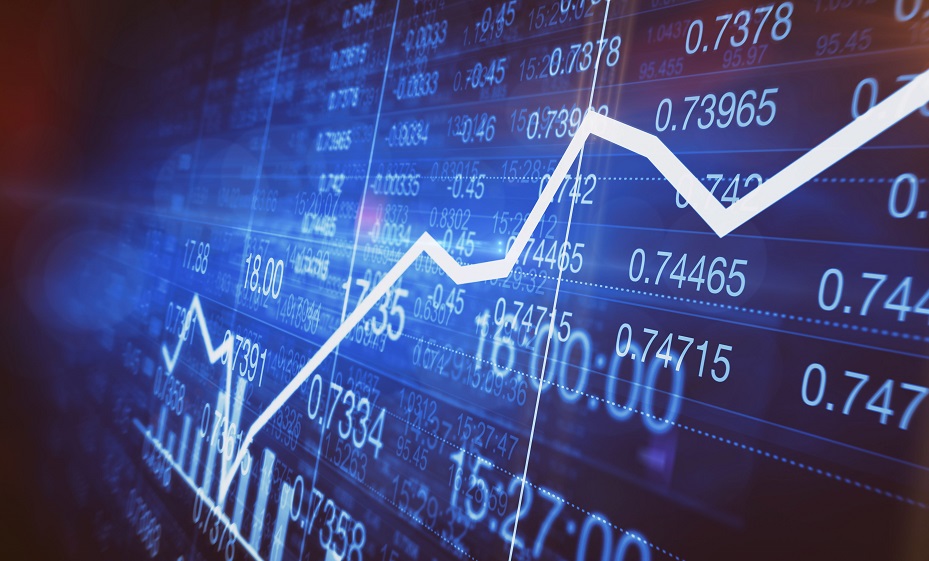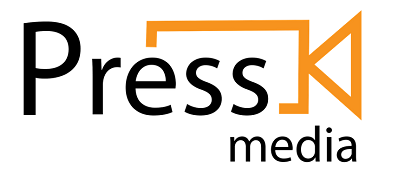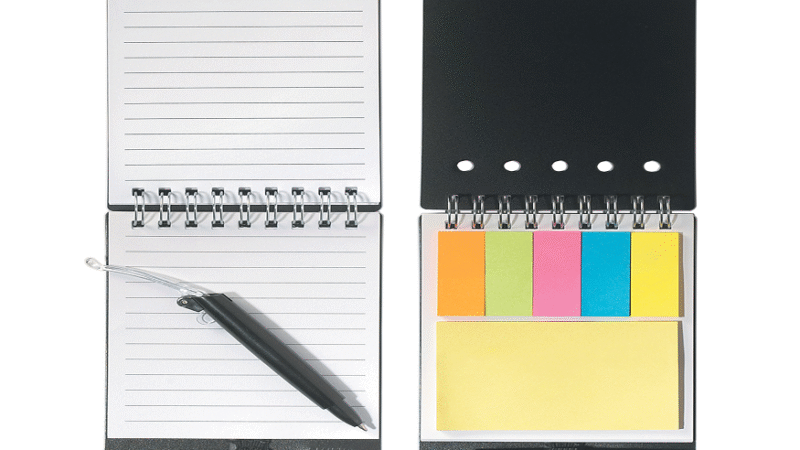Know about MCX trading and its Benefits

A lot of us are aware of equity trading, but most of us do not know commodity trading. Commodity trading is a way to diversify the investment portfolio. A famous saying that says” do not put all your eggs in a single basket” also applies in case of investment planning. Investors should invest in different assets classes, shares, bonds, commodities etc. to litigate risks and reap maximum benefits.
What is MCX?
MCX or Multi Commodity Exchange is an online platform wherein commodities like Gold, silver, crude oil, zinc, copper is traded. The commodity market comprises of hard commodities and soft commodities. Hard commodities include products extracted after mining such as Gold, crude oil etc. Soft commodities are agricultural products, and the fluctuations of the prices depend entirely on the weather conditions.
MCX started functioning from the year 2003 and has its headquarters in Mumbai. This is the largest commodity exchange unit in India and is regulated by SEBI.
How is MCX trading done?
In MCX trading, buying and selling of commodities take place under 3 Margins. In order to start trading the trader must deposit some specific amount to the broker. This amount is known as Margin. The trading is either settled physically or with cash. Recently SEBI has mandated the physical settlement of the stock derivatives.
Three margins of commodity trading are –
- Initial Margin
- M2M Margin
- Special Margin
Initial Margin:
The Initial Margin states the minimum amount you need to pay to start the futures trading.
M2M Margin:
Mark- to- Margin is a means to adjust the day-to-day profit and loss. If your trading earned a profit, then money transferred from the clearing house to your bank account. Similarly, if your trading on that particular day incurred loss, the money will be transferred from your bank account to the clearing house.
Special Margin:
This Margin is a measure for speculation and volatility in the market
Who can benefit from commodity trading?
Both consumers and producers can benefit from commodity market in different ways.
Benefits to consumers and producers
Hedging – By this method, the consumers and the producers mitigate the risk by minimizing the amount of loss. The prices of the commodities keep on fluctuating and to reduce the amount of risk the traders can buy or sell a position in the commodity futures market.
There are two types of hedgers Long hedger and short hedger.
Long hedger is the consumer or the buyer, while the short hedger is the seller or the producer.
The long hedger expects the price to rise in future so enters the futures market and sets the current price for the date when he wishes to buy the commodity.
The short hedger expects the prices to fall in future and so he sets the current price for the future when he would be selling the commodity.
All the hedging decisions are made on a factor known as “Basis”. This is an important factor which remains consistent irrespective of fluctuations in prices.
What are the factors that affect the commodity market?
A commodity market is affected by multiple factors like weather conditions, political turmoil or cross border tensions.






